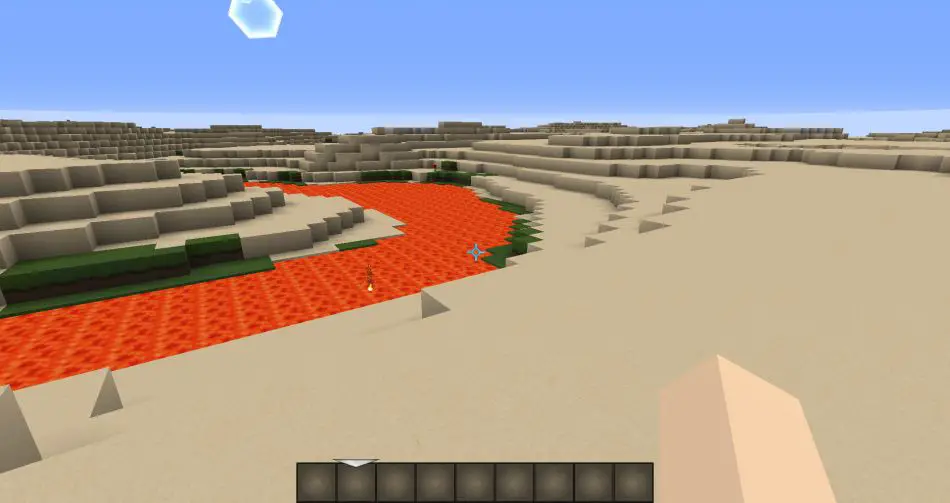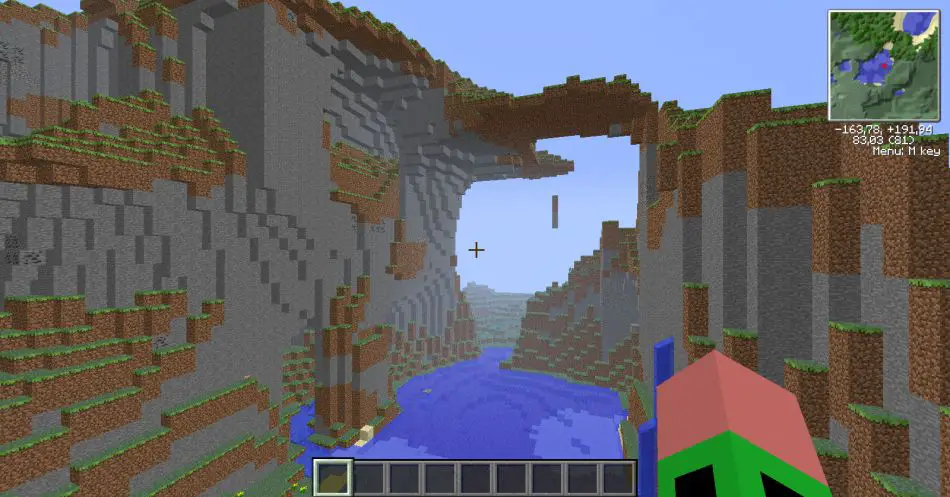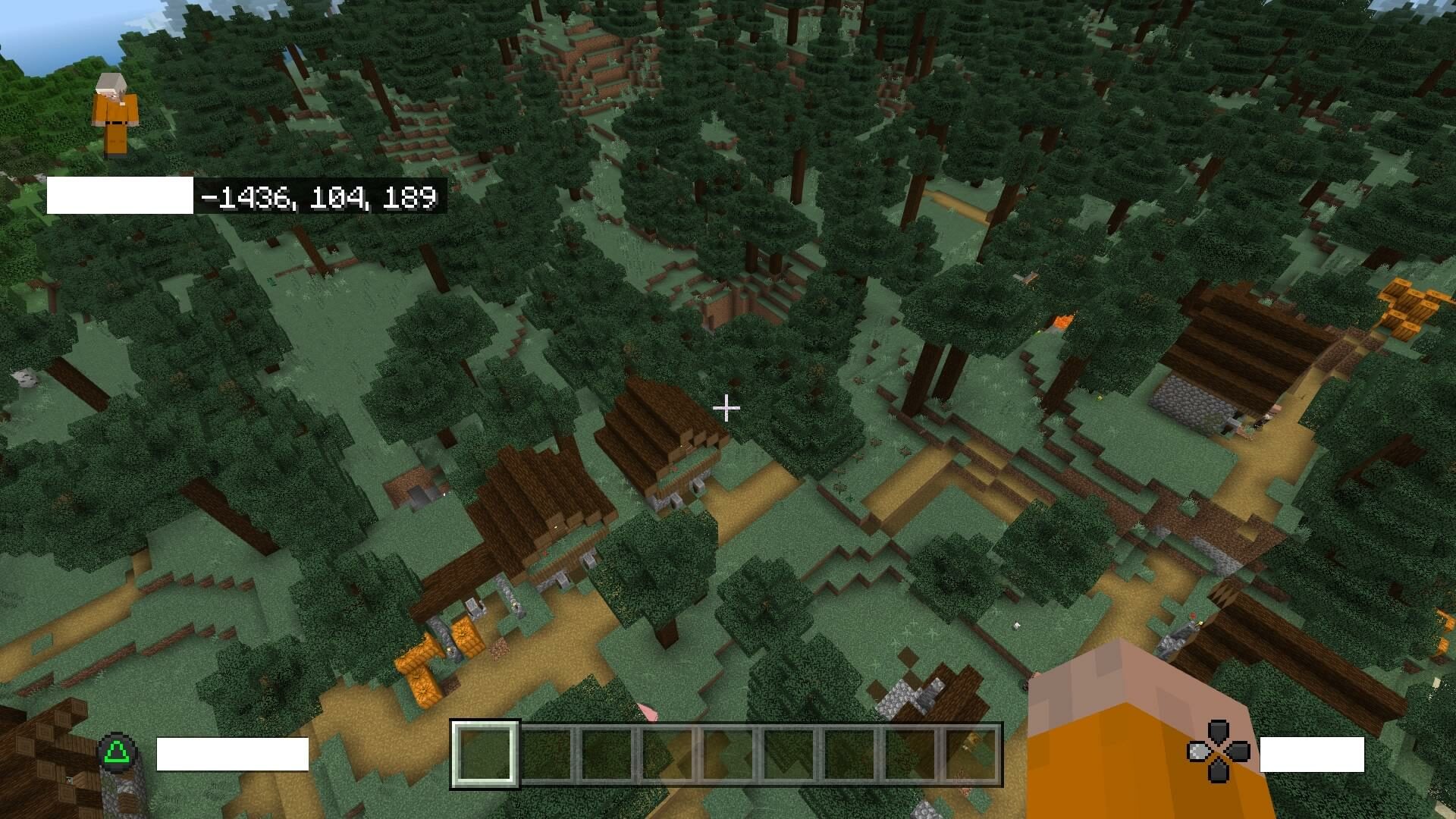
Is Minecraft OK for school?
.
Minecraft has taken the world by storm, captivating millions of players of all ages and backgrounds. It is a game that has transcended the traditional boundaries of gaming and has become a cultural phenomenon. But, is Minecraft OK for school? Can it be used as a tool for education, or is it just a way to waste time and procrastinate?
The answer is a resounding yes! Minecraft Education is a program that has been specifically designed to help students develop the skills they need to succeed in the future. It is a tool that can be used to teach a wide range of subjects, including science, history, math, and art. It is a game that encourages creativity, problem-solving, and systems thinking, and it is a way to nurture a passion for play.
The benefits of using Minecraft in education are many. For one, it is a highly engaging tool that can capture the attention of even the most disinterested student. It is a game that can be used to create immersive learning experiences that are both fun and educational. Students can use Minecraft to explore historical sites, build and test scientific theories, and create their own worlds.
But, as with any new tool, there are concerns about using Minecraft in school. One concern is that it can be a distraction from learning. However, this concern can be mitigated by using Minecraft as a tool for learning, rather than just a game to play. Teachers can structure activities that require students to use Minecraft to achieve specific learning objectives, such as building a replica of a historical site or using redstone to create a working circuit.
Another concern is that Minecraft can be addictive. While it is true that some students may become overly invested in the game, this can be addressed by setting clear boundaries and expectations for its use. Teachers can set limits on how much time students are allowed to spend playing Minecraft and can monitor their progress to ensure that they are making progress towards their learning objectives.
There are many successful examples of Minecraft education programs that have been implemented in schools around the world. One example is the Block by Block project, which uses Minecraft to help communities design and build public spaces. Another example is the MinecraftEdu program, which has been used by thousands of teachers to teach a wide range of subjects.
If you are interested in integrating Minecraft into your classroom curriculum, there are many resources available to help you get started. The Minecraft Education website offers a wide range of lesson plans and activities that can be used to teach a variety of subjects. In addition, there are many online communities that can help you connect with other teachers who are using Minecraft in their classrooms.
Minecraft is a valuable tool for education that can help students develop the skills they need to succeed in the future. While there are concerns about its use, these can be addressed by setting clear boundaries and expectations for its use. If you are interested in using Minecraft in your classroom, there are many resources available to help you get started.
Benefits of Using Minecraft in Education
Minecraft is not just a game; it’s a powerful educational tool that can prepare students for the future. With Minecraft Education, students can learn valuable skills like creativity, problem-solving, and systems thinking, while also nurturing a passion for play.
One of the biggest benefits of using Minecraft in education is that it allows for hands-on learning. Students can build and explore in a virtual world, using their imaginations to create whatever they can dream up. This type of learning is not only fun, but it’s also highly engaging, which means students are more likely to retain the information they learn.
Another benefit of using Minecraft in education is that it can help students develop problem-solving skills. In Minecraft, students are constantly faced with challenges and obstacles that they must overcome. This requires them to think critically and come up with creative solutions to problems. These types of skills are essential for success in any career field.
Minecraft can also help students develop systems thinking skills. In Minecraft, everything is interconnected, and students must understand how different systems work together to achieve a common goal. This type of thinking is essential for understanding complex systems in the real world, like the economy or the environment.
Using Minecraft in education can also help students develop a passion for play. Minecraft is a game that encourages creativity and imagination, and it’s a great way for students to express themselves and explore their interests. When students are passionate about what they are learning, they are more likely to be engaged and motivated.
Overall, Minecraft Education is a powerful tool that can help prepare students for the future. By building future-ready skills like creativity, problem-solving, and systems thinking, students can be better equipped to succeed in any career field. Plus, with its emphasis on play and imagination, Minecraft Education is a fun and engaging way to learn.

Addressing Concerns about Minecraft in School
Minecraft has become increasingly popular in schools as a tool for learning and creative expression. However, parents and educators have expressed concerns about its appropriateness in an academic setting. Here are some common concerns and how they can be addressed:
-
Minecraft is just a game, not educational.
Minecraft Education, specifically designed for classroom use, prepares students for the future by building future-ready skills like creativity, problem solving, and systems thinking, and nurturing a passion for play. Students can design and build structures, solve puzzles, and even learn coding. -
Students will be distracted by the game.
While it is true that students can become engrossed in Minecraft, this can be a strength rather than a weakness. Research shows that children learn best when they are engaged and motivated. Minecraft can provide a platform for learning that captures students’ attention and imagination. -
It is not safe for students to play Minecraft online.
Minecraft has robust safety features that can be customized to a school’s needs. Teachers can create private servers for their classes, allowing them to play and communicate with each other in a controlled environment. -
Minecraft is too violent for young students.
While Minecraft does feature monsters that players can fight, the game is not violent in the traditional sense. Players use a variety of tools and tactics to defeat monsters, emphasizing problem solving and strategy over brute force. -
Minecraft is too complex for young students.
Minecraft can be tailored to students’ skill levels, and teachers can provide guidance and instruction to help students learn how to play. Additionally, many students are already familiar with Minecraft, making it an easy tool to integrate into the classroom.
Minecraft Education can be a valuable tool for learning and creativity in schools. While there are concerns about its appropriateness, these can be addressed through customization, guidance, and appropriate use. By embracing new technologies like Minecraft, schools can prepare students for the future and equip them with the skills they need to succeed.
Examples of Successful Minecraft Education Programs
Minecraft Education is a popular platform that prepares students for the future, building future-ready skills like creativity, problem solving, and systems thinking, and nurturing a passion for play. In this article, we will explore some examples of successful Minecraft education programs and how they have helped students develop these skills.
- MinecraftEdu
MinecraftEdu was one of the first education versions of Minecraft developed. It was designed specifically for use in classrooms and has since been acquired by Microsoft. MinecraftEdu offers a range of features, allowing teachers to customise the game’s world to suit their learning objectives. From history to science and math, there are plenty of opportunities to incorporate Minecraft into any aspect of the curriculum.
- Block by Block
Block by Block is another successful Minecraft education program that has been used to improve urban planning in developing countries. Launched by UN-Habitat, the program has helped communities visualise their future and design their own public spaces. This initiative has provided young people with valuable skills, including teamwork, problem-solving, and creative thinking.
- Minecraft for Autism
Minecraft for Autism is a program that has been designed to help children with autism develop social and communication skills. By working collaboratively in the game’s virtual world, children can practice and develop these skills in a safe and supportive environment. This program has proven to be highly effective in engaging children with autism and helping them to build confidence and self-esteem.
- Minecraft Education Edition
Minecraft Education Edition is a newer version of Minecraft, designed specifically for use in classrooms. It provides educators with a range of features, including classroom management tools and lesson plans, to help them integrate the game into their curriculum. Minecraft Education Edition is designed to be inclusive and accessible, with features like text-to-speech and in-game tutorials to help students learn at their own pace.
Minecraft Education is a powerful tool that can help students develop important skills that will prepare them for the future. These successful programs have shown that Minecraft can be used to teach a range of subjects, from math to social skills, and can help students engage with learning in new and exciting ways. So why not give it a try and see how Minecraft can help your child develop these important skills?
How to Integrate Minecraft into the Classroom Curriculum
How to Integrate Minecraft into the Classroom Curriculum
Minecraft has become one of the most popular video games in the world, and it’s no surprise that it has found its way into the classroom. Minecraft Education is a version of the game specifically designed for educational purposes.
Minecraft Education prepares students for the future, building future-ready skills like creativity, problem-solving, and systems thinking, and nurturing a passion for play. Here are a few tips on how to integrate Minecraft into your classroom curriculum:
1. Start Small
Don’t try to incorporate Minecraft into every lesson right away. Instead, start small. Choose a single lesson or activity that can be enhanced with the use of Minecraft, such as a history lesson on the pyramids or a math lesson on geometry.
2. Use Minecraft as a Tool
Minecraft shouldn’t be the focus of your lesson; it should be a tool to help students learn. Use Minecraft to create a visual representation of a concept, like a model of a cell or a city. Minecraft can also be used to help students understand cause and effect, as they can create and manipulate their own systems.
3. Collaborate with Other Teachers
If you’re not confident in your Minecraft skills, collaborate with other teachers who are familiar with the game. Work together to develop lessons that incorporate Minecraft, and share your successes with other teachers.
4. Encourage Creativity
One of the greatest benefits of Minecraft is that it encourages creativity. Allow students to use their imaginations and create their own projects. This will not only enhance their creativity but also their problem-solving skills.
5. Address Concerns
Some teachers may be concerned about the potential distractions that Minecraft can bring. However, with proper supervision, Minecraft can be a valuable tool for learning. Set clear guidelines for its use and ensure that students are aware of the expectations.
Minecraft can be a valuable tool for learning and can be incorporated into a variety of subjects. Start small, use Minecraft as a tool to enhance learning, collaborate with other teachers, encourage creativity, and address concerns. By doing so, you can help prepare your students for the future and build valuable skills that they will use for years to come.

After exploring the benefits of using Minecraft in education, addressing common concerns, providing examples of successful programs, and discussing how to integrate it into the classroom curriculum, we can confidently say that Minecraft is not only OK for school, but it is also an excellent tool for preparing students for the future.
Minecraft Education does more than just provide an enjoyable game for students to play during class. It builds essential, future-ready skills like creativity, problem-solving, and systems thinking. The game’s open-world nature allows for endless possibilities, giving students the freedom to create and explore at their own pace.
One of the most significant benefits of Minecraft is its ability to nurture a passion for play that can lead to a lifelong love of learning. It makes learning fun and engaging, which can be a challenge in traditional classroom settings. Students are more likely to retain information when they enjoy the learning process.
Addressing concerns about the game’s potential distractions and the fear that it might lead to addictive behavior, we can confidently say that with proper supervision and moderation, these concerns can be mitigated. Minecraft can be an effective tool for teaching students self-regulation and time management skills.
Examples of successful Minecraft education programs in schools worldwide demonstrate that it can be used in various subjects, from mathematics and science to language arts and social studies. It can be used to teach anything from coding to history, making it a versatile tool in the classroom.
Integrating Minecraft into the classroom curriculum requires careful planning and consideration of the learning objectives. Teachers need to be trained to use the game effectively and identify ways to incorporate it into their lesson plans. Once integrated, Minecraft can help students develop critical thinking skills, teamwork, and communication in a fun and engaging way.
Minecraft is an excellent tool for schools to integrate into their curriculum. It can help students develop essential skills, nurture a love of learning, and prepare them for the future. By addressing concerns and providing examples of successful programs, we hope to have convinced you that Minecraft is not only OK for school but can be an essential part of a well-rounded education. So, let’s embrace the power of Minecraft Education and help our students thrive!